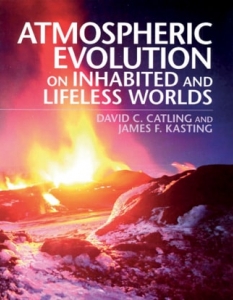Anyone who has yet to realise that ours is not the only solar system harbouring potentially life-bearing planets is probably not fully engaged with living on this one. Exoplanets have been a topic of interest – in both scientific circles and the media – for many years now and, according to the NASA Exoplanet Archive, more than 3500 had been ‘confirmed’ by the beginning of 2018.
The fact that there are other planets out there has provided an undeniable boost to academic study and general discussion of the topic and its implications, to the extent that exoplanets are now a serious part of university curricula and the subject of many books. This volume concentrates on the structure, constituents and evolution of planetary atmospheres, which are clearly crucial to the potential for life on those worlds.
As the authors say, to fully understand these planets “we need comprehensive theories for how planetary atmospheres form and evolve”. Covering chemistry, thermodynamics and other scientific aspects, this “interdisciplinary text” is aimed at “graduate-level students and researchers working across the fields of atmospheric science, geochemistry, planetary science, astrobiology and astronomy”.
This is undoubtedly a textbook, being filled with equations, line diagrams and charts that would grace any academic paper. It does, however, include a number of monochrome photos and has a colour photo insert. The final 100-plus pages are devoted to an extensive bibliography and an 18-page twin-column index. Without pretending to understand more than a small percentage of the mathematical content, it is clear from the subject matter that this book provides a detailed and comprehensive coverage of this fast-developing subject.











